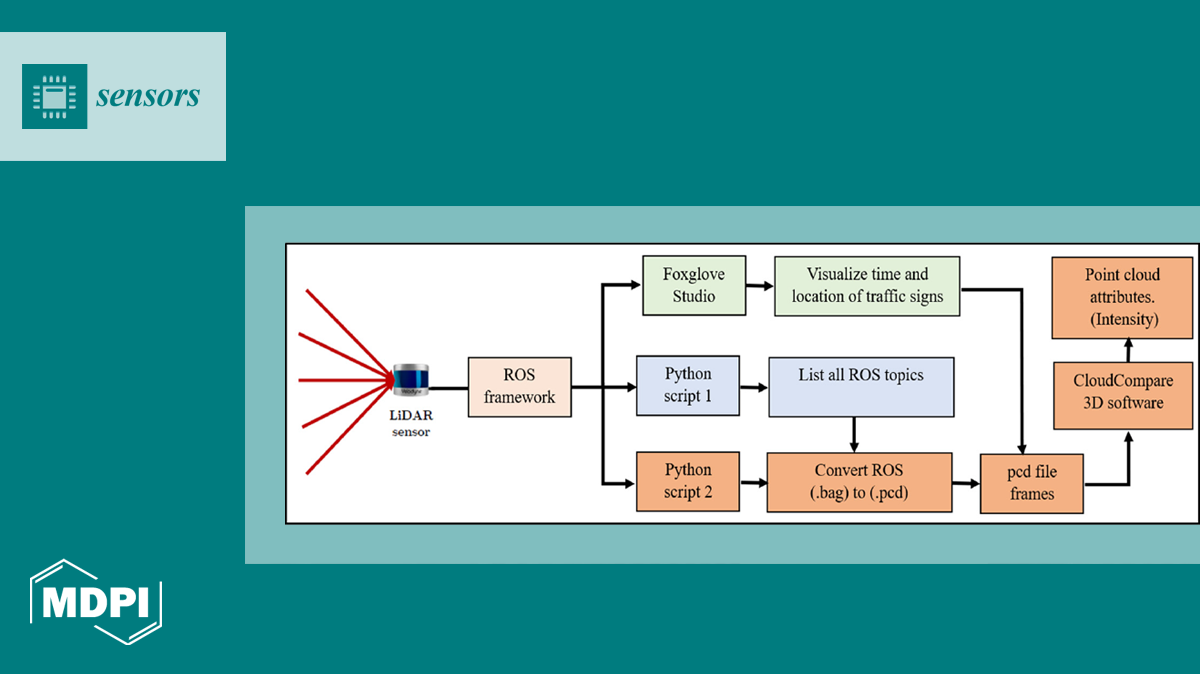Improving Autonomous Vehicle Perception through Evaluating LiDAR Capabilities and Handheld Retroreflectivity Assessments
By Ziyad Nayef Shamsulddin | Sensors
https://www.mdpi.com/1424-8220/24/11/3304
Road safety is a serious concern worldwide, and traffic signs play a critical role in confirming road safety, particularly in the context of AVs. Therefore, there is a need for ongoing advancements in traffic sign evaluation methodologies. This paper comprehensively analyzes the relationship between traffic sign retroreflectivity and LiDAR intensity to enhance visibility and communication on road networks. Using Python 3.10 programming and statistical techniques, we thoroughly analyzed handheld retroreflectivity coefficients alongside LiDAR intensity data from two LiDAR configurations: 2LRLiDAR and 1CLiDAR systems. The study focused specifically on RA1 and RA2 traffic sign classes, exploring correlations between retroreflectivity and intensity and identifying factors that may impact their performance. Our findings reveal variations in retroreflectivity compliance rates among different sign categories and color compositions, emphasizing the necessity for targeted interventions in sign design and production processes. Additionally, we observed distinct patterns in LiDAR intensity distributions, indicating the potential of LiDAR technology for assessing sign visibility. However, the limited correlations between retroreflectivity and LiDAR intensity underscore the need for further investigation and standardization efforts. This study provides valuable insights into optimizing traffic sign effectiveness, ultimately contributing to improved road safety conditions.

